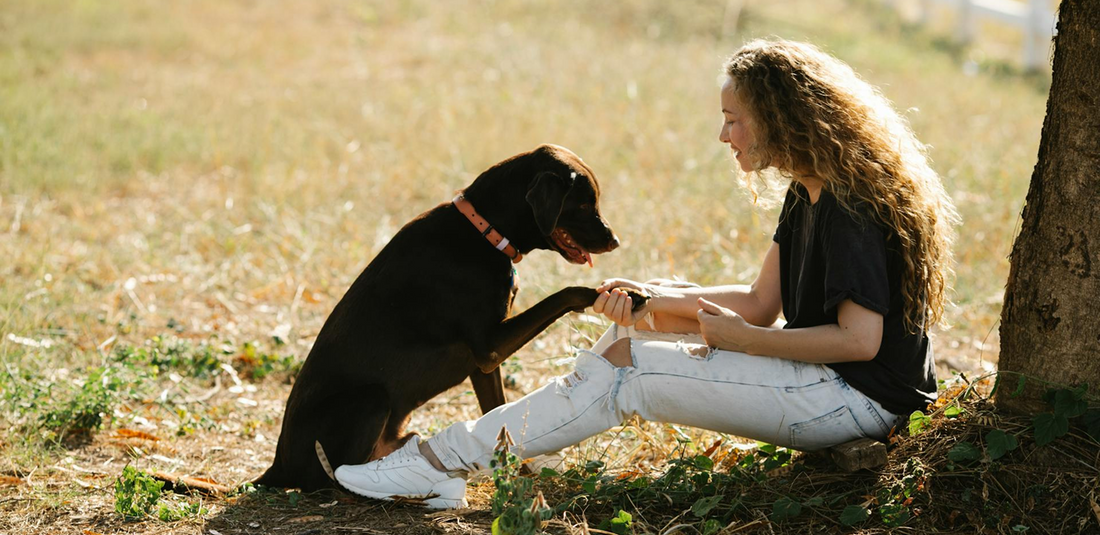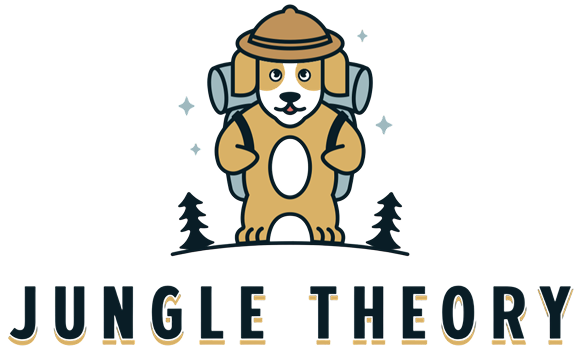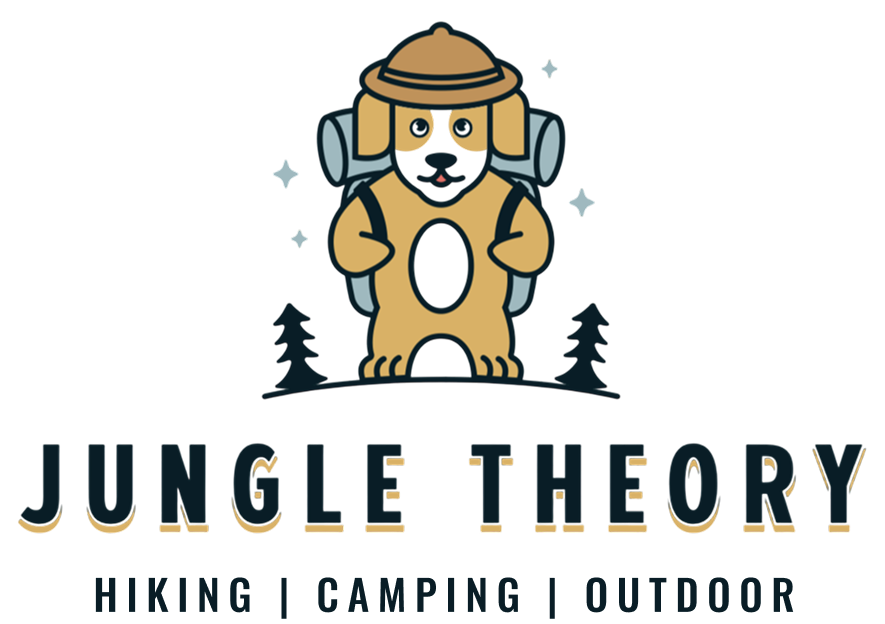
The Secret to Understanding Your Dog Better

From Walks to Road Trips: The Secret to Understanding Your Dog Better
When I first brought home Bruno, my Labrador pup, I made one promise: he wouldn’t be a pet who stayed home while life happened around him. He would live life with me.
That meant taking him on car rides to nearby cafés, hiking trails on the weekends, and yes—even long train journeys to visit family. Traveling with your dog isn’t always picture-perfect—Bruno barked through his first highway trip and got impatient on a train—but those shared moments formed the foundation of our bond.
Why? Because traveling, even just across town, creates intentional moments of focused, one-on-one time where you learn each other’s rhythms—and your dog learns to trust yours. It’s in these simple travel moments—when your pup leans into you on the road, or sniffs a new scent together—that the most profound bonding happens.
Finding the Cues: Your Dog’s Secret Language
Dogs don’t speak in words, but they talk to us all the time—through little gestures, expressions, and behaviors. When you spend quality individual time with them, these cues start speaking loud and clear.
- The anxious lick. Meera’s Beagle, Daisy, always licks her lips when she’s nervous. Recognizing this cue helped Meera get ahead of Daisy’s anxiety before it turned into whining or barking.
- The silent stare. Once, during a late-night walk, Bruno froze and stared into the distance. Initially, I thought he was being obstinate. Then I realized—it happened only when he spotted another dog. It wasn’t stubbornness—it was curiosity tinged with caution.
- The victory sigh. A neighbor’s Pomeranian lets out a big sigh after nailing a “sit-stay” command, like cheering, “I did it!” It’s become a cue for her to praise and reward him.
And here’s one more: during our quiet car rides, Bruno tilts his head at a certain angle—almost like asking, “Are we okay?” That tilt now means I know he’s seeking reassurance. These signals don’t come from manuals—they come from spending time together and fully noticing.

Why Alone Time Transforms Training
This kind of focused bonding isn’t just sweet—it’s scientifically powerful. Studies show that bonding activities—like cuddling, walking, or just gazing into each other’s eyes—increase oxytocin (the “love hormone”) in both dogs and humans. That surge makes your dog calmer, more attentive, and more open to learning.
- Dogs develop social motivation and connection through oxytocin-based interaction with their human companions (PNAS study).
- Sustained eye contact even triggers oxytocin feedback loops similar to mother-infant bonding (NY Post, Wikipedia).
- Simple petting lowers stress hormones like cortisol in both species (UC Davis Health).
So, when you pair soft affection with a training cue during a quiet moment, you’re not just teaching a behavior—you’re deepening your emotional language.
Traveling with Your Dog: A Crash Course in Trust
Taking your dog along turns ordinary routines into trust-building exercises:
- At the beach, Bruno barked at the waves on his first visit. Rather than pulling him away, I sat with him at the shoreline until he relaxed. Soon, he was splashing with joy—and learning that the unknown can be okay when we face it together.
- Camping with a German Shepherd friend, the initial fear of rustling leaves at night faded after calm reassurance from the owners night after night. The dog learned there was no danger—and that helped him relax.
- Coffee outings show you how your dog adjusts to new social norms. Mine used to fidget in cafés; now he leans into my leg, comfortable in surprising locations.
Research shows that traveling with dogs improves their well-being and deepens the human–canine bond (SAGE Journal). And beyond behavior, studies show travel motivates dog owners—many travel with pets not just for novelty, but because they see real emotional benefits (PMC Study, ResearchGate).
Practical Tips: Build Trust, One Page at a Time
Here are some simple, actionable tips to strengthen your bond through understanding and travel:
- Hit the road—short trips count: Start with neighborhood walks, outdoor cafés, or quick drives. These micro-adventures create space for quiet connection.
- Play “five-minute games”: Even a short, structured five-minute game involving eye contact improves puppy bonding significantly (TIME).
- Watch for cues: After walks or during quiet evenings, look for consistently repeated behaviors. These little signals—like a soft whine, ear flick, or tail flick—are your dog’s words.
- Silent bonding works: You don’t have to train to connect. Sit together in calm, quiet spaces and track your own breath with theirs. That aligns your emotions—and they’ll notice.
- Travel intentionally: Whether it’s a long hike or roadside stop, use these times to observe how your dog copes, and adjust your support accordingly.
The Real Reward: Connection, Not Commands
The best moments happen after a long day. Bruno will quietly come over, nudge my hand with his nose, and sit close. Then—right after that deep sigh—he looks at me, and I know: he trusts me.
At that moment, training is irrelevant. It’s about connection. It's about learning each other’s language. And that language is richer, clearer, and more meaningful when it’s built from shared experiences and pure attention.
So whether it’s a walk, a cuddle, or a road trip, remember: every moment of alone time is an investment. An investment in trust, obedience, and the kind of bond that makes your dog not just a pet, but a true companion.

